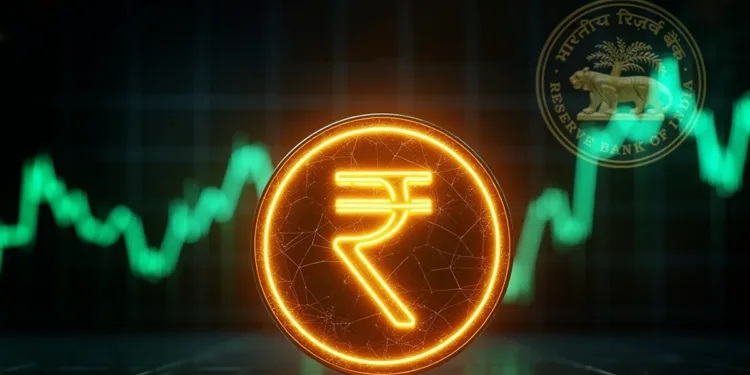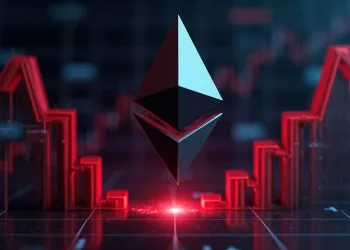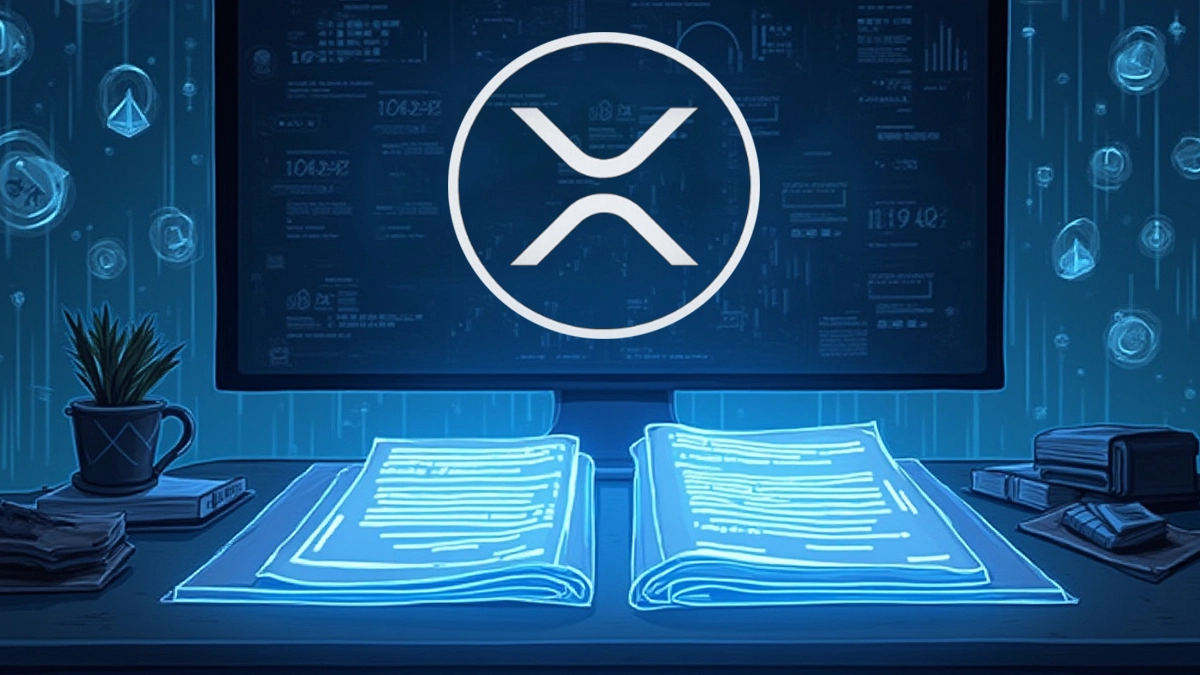- RBI to expand CBDC pilots with offline payments and programmable features
- Retail CBDC reaches 600K users as RBI opens wallet access to non-bank entities
- Crypto regulation remains uncertain despite tax, raising concerns in Supreme Court
India’s central bank is accelerating its digital currency strategy by introducing new features and expanding the use of the digital rupee. As part of its 2024–25 roadmap, the Reserve Bank of India (RBI) plans to widen the scope of its ongoing central bank digital currency (CBDC) pilots.
The goal is to improve accessibility, usability, and relevance of digital rupees across both retail and wholesale sectors. The RBI is focusing on technologies such as offline payments and programmable transactions to reach underserved areas and add value to government and corporate payments.
Programmable Payments and Offline Access in Focus
The RBI is prioritizing offline functionality and programmable features in its digital rupee pilots. These upgrades will help users make transactions in remote areas with poor internet connectivity.
Programmability, on the other hand, will enable targeted financial disbursements. For instance, subsidies could be restricted to specific merchants or use cases, while corporate accounts could impose spending limits on employee allowances.
Such innovations aim to bridge the digital divide and simplify access to financial tools. They are also expected to enhance transparency and prevent misuse of allocated funds. By tailoring CBDC capabilities for different user groups, the RBI hopes to encourage wider adoption of digital payments across the country.
Growth in Retail and Wholesale CBDC Pilots
The RBI’s retail CBDC pilot has already reached 600,000 users through partnerships with 17 banks. To scale this further, the central bank has authorized select non-bank entities to issue CBDC wallets. This move opens the ecosystem to fintech companies and expands customer reach.
Additionally, the wholesale pilot has grown in scope with the inclusion of four standalone primary dealers. These institutions are testing interbank settlement applications to make the financial system more efficient.
Moreover, India witnessed robust growth in digital transactions in the last year. Digital payments increased by 34.8% in volume and 17.9% in value, according to the RBI’s annual report. UPI continued to lead the global real-time payments market with nearly half the total global volume.
Crypto Market Under Scrutiny Amid Digital Push
While India progresses with CBDCs, its cryptocurrency landscape remains uncertain. The Supreme Court has raised alarms over the lack of crypto regulation despite the 30% tax imposed in 2022. Concerns revolve around the risks of an unregulated parallel economy powered by digital assets.













